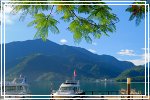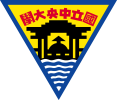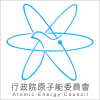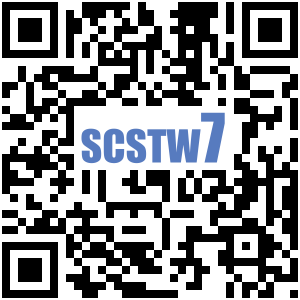Welcome to SCSTW-7
Welcome | Background | Objectives
The 2004 Sumatra-Andaman earthquake and Indian Ocean tsunami have highlighted inherent vulnerabilities of the world's coastal zones to extreme natural hazardous events. During the Indian Ocean tsunami, which lasted for only a few hours, nearly 300,000 people were killed and more than one million people were left homeless in 10 countries surrounding the Indian Ocean. Based on various reports, the total property damage is estimated over US$10 billion. Most of damage occurred because neither a tsunami warning system nor a simple communication network among the countries in the region was in place. Public education and coastal zone planning for tsunami hazard were also practically non-existent in the region.
Tsunami is a high impact, but a rare natural event. Another large tsunami similar to the 2004 Indian Ocean tsunami will occur somewhere on the earth sooner or later. Such an event can not be stopped. However, we can avoid a similar disaster by taking immediate actions towards establishing tsunami hazard mitigation programs and early tsunami warning systems in different parts of the world.
After the 2004 Indian Ocean tsunami, many countries, including the United States, Japan, Germany and other European countries, have been working independently and collectively to develop tsunami warning systems for Indian Ocean region countries. To ensure the safety and protection of American lives and property from tsunami, the US government has also made plans to expand the U.S. tsunami detection and warning capabilities. The plan has committed more than $50 millions over the next several years to deploy 29 new deep ocean sensor systems in the Pacific Ocean rim and Caribbean Sea.
Recently the USGS issued a report assessing the potential risk as a tsunami source along the entire Pacific seduction zones (A preliminary report USGS1 Tsunami Subduction Source Working Group). It identified the Manila (Luzon) trench as a high risk zone, where the Eurasian plate is actively subducting eastward underneath the Luzon volcanic arc on the Philippine Sea plate. Two other medium risk subduction zones in the neighboring area are also identified. Along the Ryukyu trench the Philippine Sea plate subducts northward beneath the Ryukyu Arc on the Eurasian plate, while along the North Sulawesi trench the Pacific-Philippine, Indo-Australian Plates and the Sunda Block meet. These subduction zones can also rupture and generate large tsunamis in the future that will have significant impacts on the countries in the South China Sea region.
The South China Sea Region is defined as the group of countries surrounding the South China Sea (SCS), including China, Vietnam, Cambodia, Thailand, Malaysia, Singapore, Indonesia, Philippines and Taiwan. This region is known to be rich in natural and human resources and is expected to experience significant economical development and growth in this century.
It is clear that recent attention on tsunami hazard mitigation planning and early warning system development has been primarily focused on Indian Ocean, Pacific Ocean and Caribbean Sea. Potential devastating tsunami disasters in the South China Sea region have been overlooked. During the recent 2007 NUS-TMSI workshop on Earthquake and Tsunami: From Source to Hazard (http://et2007.org/), this concern was raised and discussed. The participants of the workshop supported the idea of forming a working group to initiate a study on a regional tsunami hazard mitigation plan and an early warning system in the South China Sea region.
Important Dates
- November 18
SCSTW-7 Begins - November 22
SCSTW-7 Ends - .National Museum of Natural Science

- .921 Earthquake Museum

- .Sun Moon Lake
National Scenic Area

- .Taichung Tourism








